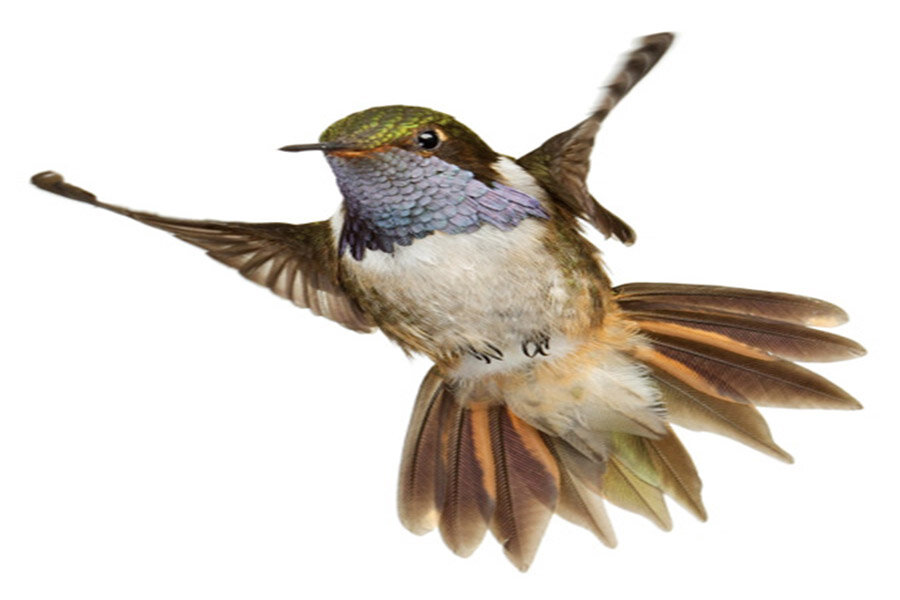Hummingbird speciation really hummed, say scientists
Loading...
Flapping their wings are not the only things that hummingbirds can do astonishingly quickly.
In just over 22 million years, an evolutionary eye blink, the hummingbird diversified into at least 338 species.
After collecting and analyzing DNA sequence data from 284 hummingbird species, researchers have drawn up a phylogenetic tree that traces the evolutionary history of the group that includes the smallest birds on the planet.
Using this tree, the scientists concluded that hummingbird diversification began about 22.4 million years ago. According to their paper, which appears in the April 3 issue of Current Biology, rapid diversification was spurred by "[i]nvasion of new land areas such as the Andes and North America."
"Hummingbird evolution has been tumultuous," says author Christopher Witt from the University of New Mexico. "By that I mean that there have been many extinction events, leaps to new continents, and bursts of new species formation."
The branch leading to hummingbirds appears to have split from its sister group – the swifts and treeswifts – in Eurasia about 42 million years ago. The first hummingbird arose 20 million year later, in South America, where it diversified dramatically.
In the process of "reinventing themselves throughout their 22-million-year history" hummingbirds have rapidly evolved into various groups, says University of California, Berkeley, herpetologist Jim McGuire, with some branches diversifying much more quickly than others.
For example, the over 20 million years the topaz hummingbirds have diversified into just four distinct species. But in a shorter time period the bee hummingbird has diversified into 35 different species, diversifying at a rate 15 times faster than that of topazes.
Researchers speculate that this could be due to their migratory patterns or their small body size.
“When it comes to vertebrate animals, hummingbirds are about as diverse as they come,” Dr. McGuire said in a press release. The smallest hummingbird, which is found in Cuba, weighs between 1.6 and 2 grams. The largest weighs about 23 grams and is found in South America.
The team of researchers ventured into the field of phylogeny when they decided to study how hummingbirds live in high altitude regions – as high as15,000 feet in the Andes Mountains. But to answer this question, the researchers first had to look at the phylogenetic history of the birds. That is when McGuire, an expert on phylogenetic studies decided to join the team.
“Everything about hummingbirds is extreme,” said McGuire.
“They have this incredible hovering flight, with wing-beat frequencies of 60 times per second, which is nuts. They have the highest metabolic rate for their size of any vertebrate; they are little machines that run on oxygen at a high rate. They also have the largest hippocampal formation in the brain of any bird, which is tied to spatial learning, presumably because they visit the same flower clusters over and over again, and must remember where and when they most recently slurped the nectar from individual flowers."
"It is amazing that evolution can take an animal to such extremes," said McGuire.






